Can Shoes Cause Shin Splints? Minimalist Footwear Can Help
I’ve experienced shin splints both as a runner and as an office worker. I had weak, painful arches causing me to wonder, "can shoes cause shin splints?" I continued to get shin splints for years even after transitioning to barefoot shoes. That alone wasn't a perfect solution. It wasn’t until I implemented additional habits that my arch pain and shin splints finally became a past problem.
Can Shoes Cause Shin Splints?
If you’ve ever gotten shin splints, you might have considered purchasing shoes with more cushioning. That is the advice conventional podiatrists tend to give. Indeed, walking on thick pads may help with shin splints in the short term when you need to heal. However, shoes with excessive cushioning can cause foot and leg muscles to atrophy. Over time, injury can become more likely. If you want to avoid shin splints, a careful transition to barefoot shoes can be beneficial as part of a holistic strategy.
Disclaimer: I am not a health professional, so nothing in this article should be taken as personalized medical advice.
Does running in barefoot shoes help with shin splints?
High impact activities like running, jumping, and dancing are often what triggers shin splints to develop. Sedentary activities, however, are what set us up for failure. Sitting for long periods causes the hamstrings and calves to tighten. When the tissues along the tibia are tense and you do high impact activities, that’s often when shin splints form. Your tissues literally tear away from your shin bone because they haven’t stretched out and relaxed. Your body needs time to adapt, just like it needs time to adapt when switching to minimalist shoes.
Avoid Hard Surfaces or Use Caution
Sidewalks and roads are recent developments in the course of human history, so our bodies have not evolved to deal with such hard surfaces. You might say barefoot running is great for running through the jungle, but not the concrete jungle. But merely increasing the cushioning in your shoes is not a holistic solution.
Instead, can you run on a mulched trail or squishy track instead of a sidewalk? It’s beneficial to have some padding beneath your feet when performing high impact activities, but it’s better for the cushioning to come from the ground instead of shoes that inhibit your feet from moving naturally.
But either way, don't skip stretching. It's especially critical if you can’t avoid exercising (or standing) on a hard surface.
Stretches to help avoid shin splints
The best stretches to avoid getting shin splints are for the big rear leg muscles—the hamstrings and calves. My favorite is #5 with the stools, but I do it while standing.
Hold each stretch at least 30 seconds per leg.






Post workout, it can be helpful to use a foam roller along your tibia to reduce tension and encourage tissue relaxation.

Can barefoot shoes help with shin splints?
The ways that barefoot shoes improve biomechanics also happen to help with avoiding shin splints. The stress put on the tibia is reduced due to your body strengthening naturally—the best preventative of all.
Improved Proprioception
Getting better sensory feedback from the ground makes it more intuitive to have proper form when exercising. All Softstar RunAmoc styles with Lightning or Street soles have exceptional proprioceptive properties.
-
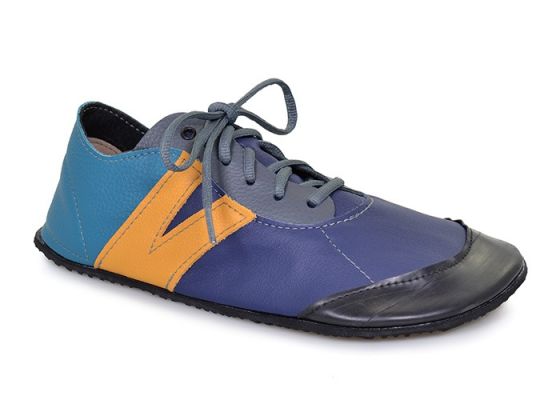
 Adult PRIMAL RunAmoc
$190.00
Adult PRIMAL RunAmoc
$190.00 -
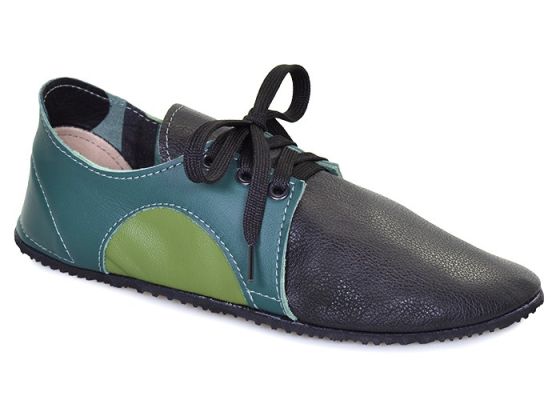
 Adult DASH RunAmoc
$170.00
Adult DASH RunAmoc
$170.00 -
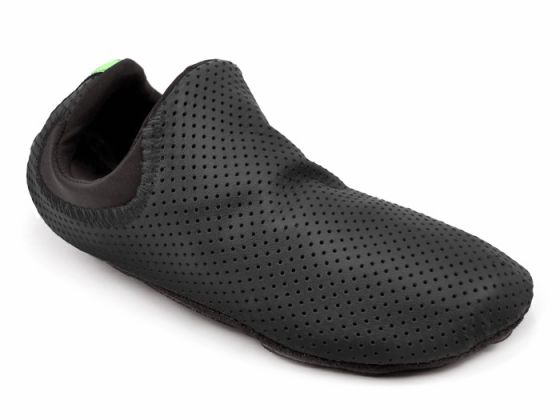 Adult Moc3 RunAmoc
$155.00
Adult Moc3 RunAmoc
$155.00
Arch Strength
Zero drop shoes without arch support are the best type of footwear for strengthening arches, but it takes time. In about 2009, I wore custom carbon fiber insoles molded to my feet. They reduced arch pain when I was wearing them. But it was only because they did the work my arches should have been doing on their own. I was still getting shin splints when track running. It wasn’t until long after I ditched the insoles that both issues went away.

Wider Toeboxes
Allowing your toes to spread fully enables them to better support the body. Uninhibited toes keeps the over 100 muscles, tendons, and ligaments in each foot all working together like they should.
-
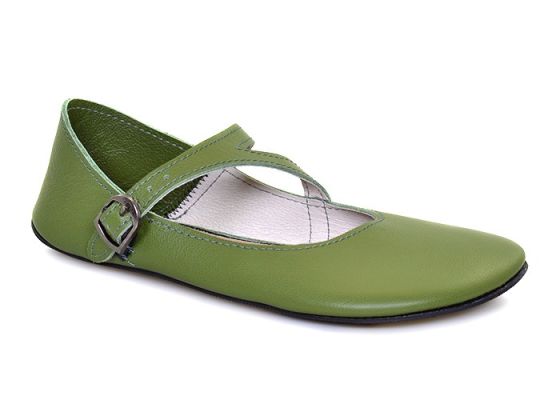
 Adult PRIMAL Merry Jane
$185.00
Adult PRIMAL Merry Jane
$185.00 -
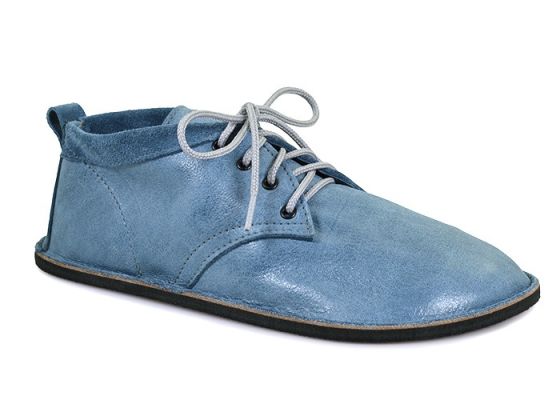 Adult PRIMAL Sawyer
$135.00
Adult PRIMAL Sawyer
$135.00
Better Biomechanics
Switching to barefoot shoes typically causes feet to strike the ground at the midfoot or forefoot. The force of impact is then dispersed throughout more foot tissue. Conventional shoes encourage heel striking, putting more pressure on the tibia and potentially causing shin splints because less of the foot is dispersing the impact.

Make sure to follow our steps to transition gradually—this is especially important for individuals with flat feet and other foot conditions.
Why is my standing desk giving me shin splints?
While going “flat” for my shoes reduced my arch pain, it wasn’t until I went “non-flat” for my standing mat that I finally said goodbye to shin splints.
When I first started using a standing desk instead of sitting, I got shin splints after about two weeks. At first, it seemed like it was because I wasn’t using an anti-fatigue mat for cushioning. But then I found that using an anti-fatigue mat when standing for long periods is only a half measure. There are two standing desk strategies that are even better:
- Move around and shift your weight as much as possible.
- Better yet, use a non-flat anti-fatigue mat to passively encourage movement. That way, you don’t have to actively think as much.
I use a Topo Comfort Mat by Ergodriven. It makes a huge difference compared to using a flat anti-fatigue mat. The great thing about these kind of mats is they reward you for going barefoot. The non-flat surface encourages you to move around constantly. Not staying in the same position reduces stress along the tibia, leading to a reduced prevalence of shin splints.

As a bonus, if you get sore arches or metatarsals, you can massage them against the raised surfaces of the mat. Doing so keeps your foot tissues primed and ready for longer hours wearing minimalist shoes. You can also use the slopes on the edges of these mats to stretch your calves.
The main negative of non-flat mats is you must be careful not to trip over them. They aren’t good for high-traffic areas. Otherwise, they can make a massive difference in your ability to stay standing for long periods.
In Summary
There’s not a one size fits all solution to shin splints, and your best strategies to mitigate the risk may change over time. If you stretch properly, incorporate new movement habits, and select suitable footwear, it is possible to avoid getting shin splints without compromising natural foot function.
HTM Elf Benjamin has been a graphic and web designer for 15+ years and came to Softstar in 2021. He made the switch to zero-drop shoes in 2016 after years of arch pain from running in conventional footwear, and hasn’t looked back. He has an art degree from Portland State University and enjoys minimalist shoes for hiking and gardening.

